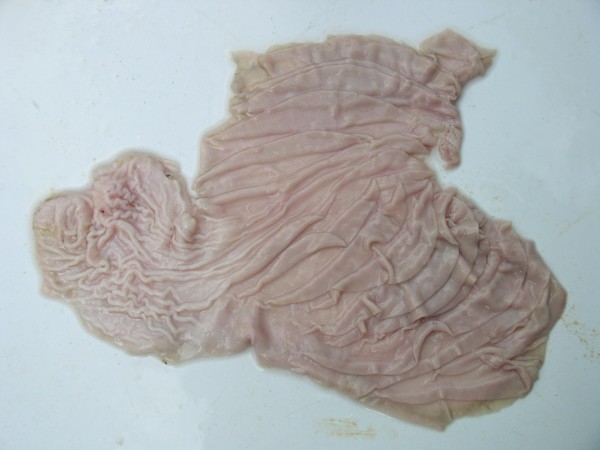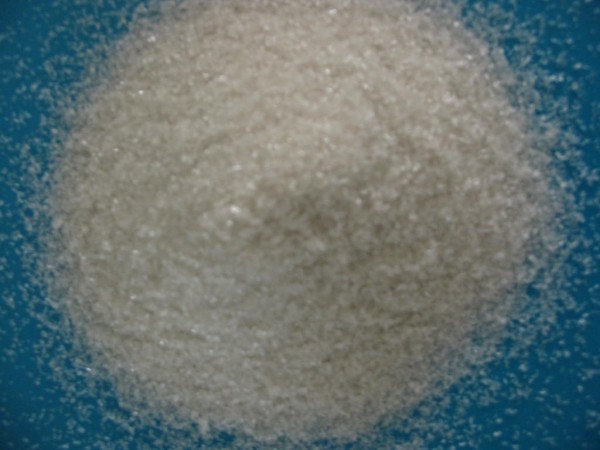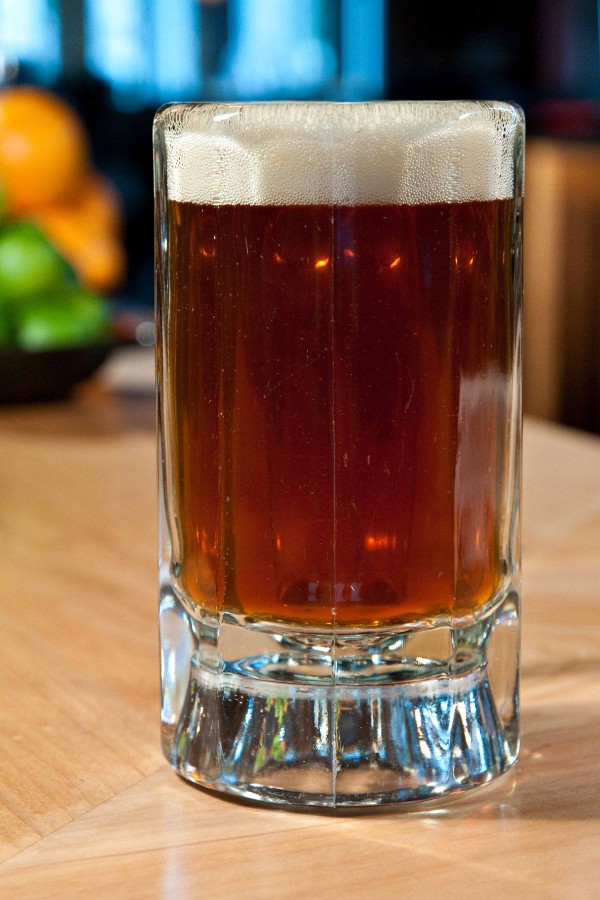5. L-cysteine:
The next time you’re getting your hair cut, ask the hairdressers to sweep up what’s left on the floor and bring it home to you can do some baking. This is essentially what happens when bread, especially bagels, are made with the ingredient L-cysteine. This ingredient is a dough conditioner that is used to ensure that the bread dough maintains the appropriate consistency and can be kept that way for longer. This is important for bakeries that bake huge volumes of bread, so they don’t have to make tiny batches of dough throughout the day. There are some artificial versions of this dough conditioner, but they are prohibitively expensive and so rarely used in the normal market. They are usually reserved for kosher and halal products. Don’t worry, though if you see this ingredient listed the next time you start making toast. It may not be from human hair. It might just be made out of duck feathers
4. Silicon Dioxide:
The name of this ingredient might sound familiar if you took an advanced science course in school. In today’s food industry it is commonly used as an anti-caking agent. This means that it is put into powders and granules to prevent them from getting all stuck together when the product is just sitting around. What they don’t tell you is that this ingredient is essentially sand. While some of the sand that you wiggle your toes in when on vacation is made up of seashells, bones, and the like, the primary chemical composition of the actual grains of sand is silicon dioxide. I guess this explains why the beach isn’t just one giant slab.
3. Rennet:
If you are a cheese lover you have probably noticed this ingredient listed on the packages of your cheese and cheese-containing foods. It is an important additive for many cheeses, especially those that are touted as being “all natural”. This is because rennet acts as a coagulant that ensures the cheese stays at the proper consistency. In the UK consumers know if a cheese has rennet in it based on a label that tells them if the product is suitable or not for vegetarians. This is because rennet is made from the fourth stomach of a baby cow. If you are a vegetarian living in the US, you are a bit out of luck. Even if rennet isn’t listed out, the cheese might contain it if you see “natural ingredients” or “natural preservatives” listed.
2. Ammonium sulfate:
This is another one of those super-chemical sounding ingredients that should tip you off right away. With a name like “ammonium sulfate” it can’t possibly be good for you. Well, according to the food industry it is a completely natural ingredient. It is often added to breads as a way to provide additional nitrogen so that the yeast will work more effectively in making the dough rise. In its other life, this additive is also a chemical fertilizer. Apparently the ground benefits from additional nitrogen as well.
1.Isinglass:
Doesn’t this just sound like an exotic European ingredient? That’s because for the most part it is. The most common use of isinglass is an additive for British beers to give them that rich golden glow and provide depth to the flavor. Here’s the kicker: what’s giving your beer that yummy amber color is actually powder made of dried fish bladders that have been ground up.




